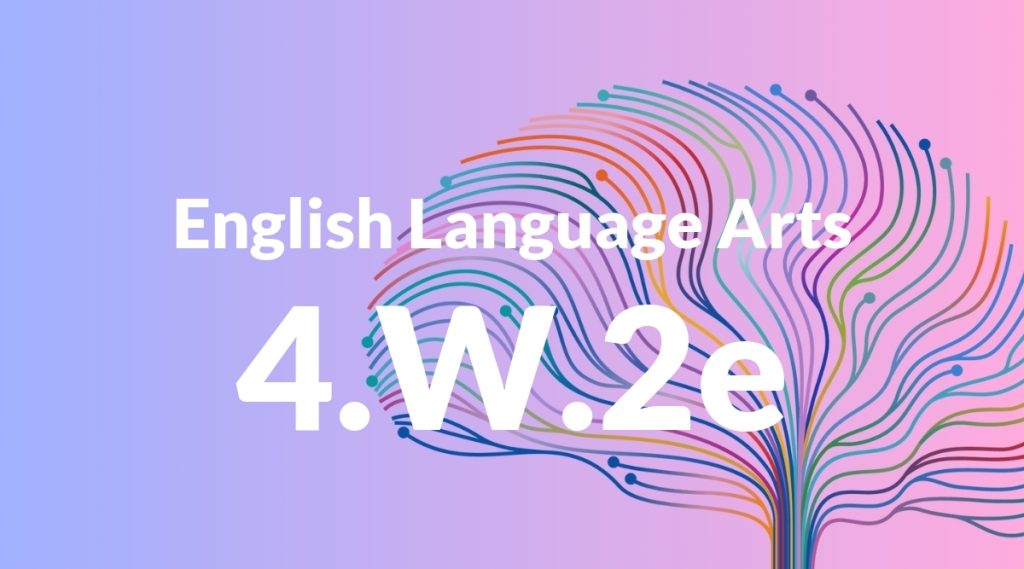Standard: 4.W.2e – Provide a concluding statement or section related to the information or explanation presented.
Grade level: Grade 4
Subject: English Language Arts
Domain: Writing
Teacher Overview
This standard emphasizes the importance of providing a concluding statement or section that is directly related to the information or explanation presented. It is crucial for students to learn how to effectively wrap up their writing, ensuring that their main points are reinforced and their readers are left with a clear understanding of the topic. Students should have a foundational understanding of paragraph structure, including topic sentences and supporting details. They should also be familiar with the purpose of a conclusion in writing.
Mastering this standard will enable students to write more cohesive and coherent multi-paragraph essays. They will also be better prepared to write persuasive and narrative pieces that require strong conclusions.
Common Misconception 1
A common misconception is that a conclusion is simply a restatement of the introduction. This is incorrect because a conclusion should synthesize the information presented, not just repeat it.
Intervention 1
Use graphic organizers to help students identify key points that need to be summarized rather than repeated. Practice writing conclusions that provide closure without redundancy.
Common Misconception 2
Another misconception is that a conclusion can introduce new information. This is incorrect because a conclusion should only summarize or reflect on what has already been presented.
Intervention 2
Provide examples of strong conclusions and have students practice identifying new versus summarized information. Emphasize the importance of maintaining focus on the information already discussed.
Prerequisite Knowledge
Students should understand the basic structure of a paragraph, including topic sentences and supporting details. They should also be familiar with the concept of a conclusion and its purpose in writing.
Subsequent Knowledge
After mastering this standard, students will be able to craft more cohesive and coherent multi-paragraph essays. They will also be better prepared to write persuasive and narrative pieces that require strong conclusions.
Instructional Activities
- Have students write a short story and then create a concluding paragraph that wraps up the story.
- Practice writing conclusions for different types of essays, such as persuasive, narrative, and expository.
- Use graphic organizers to help students plan their conclusions.
- Review examples of strong and weak conclusions and discuss what makes them effective or ineffective.
- Conduct peer review sessions where students give feedback on each other’s conclusions.




